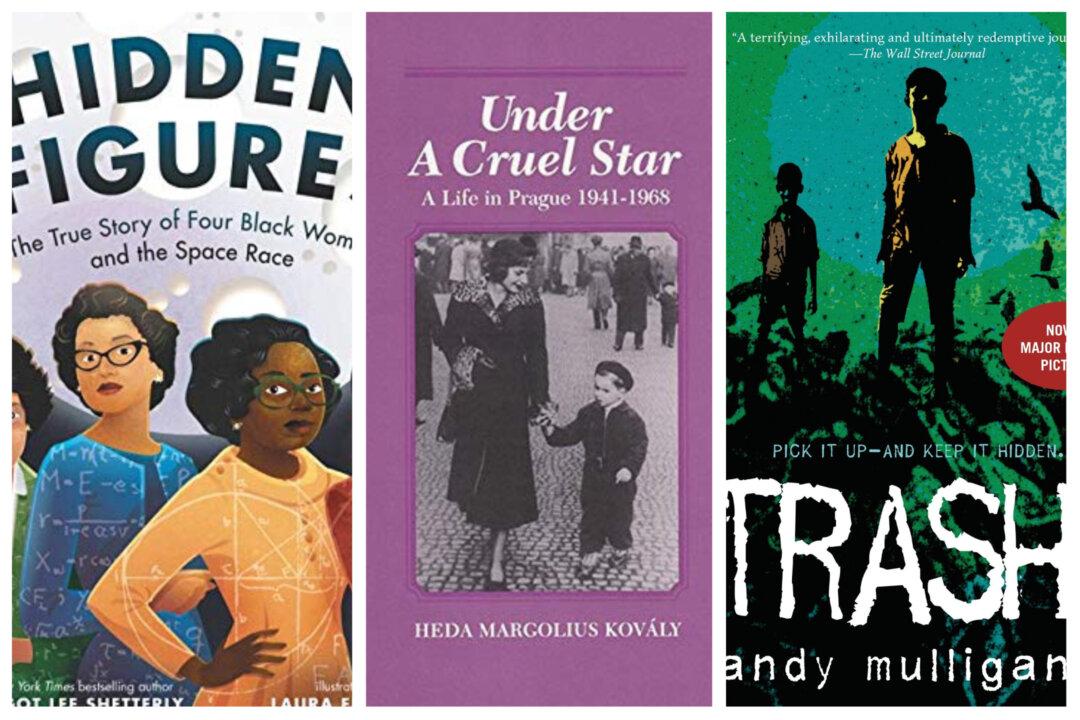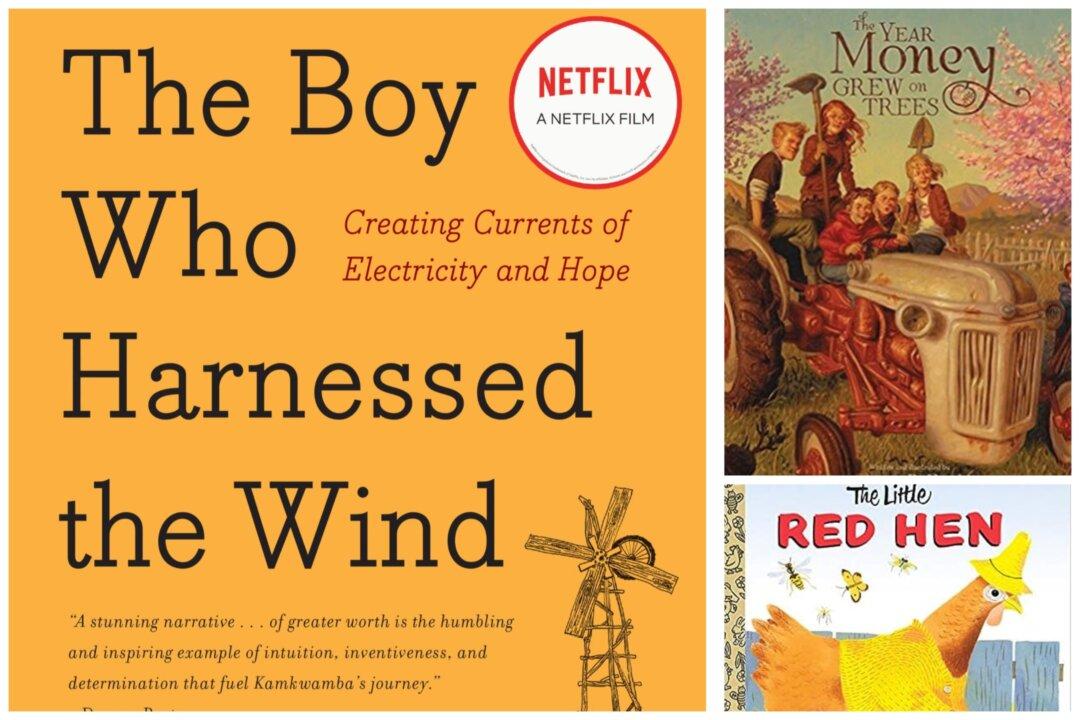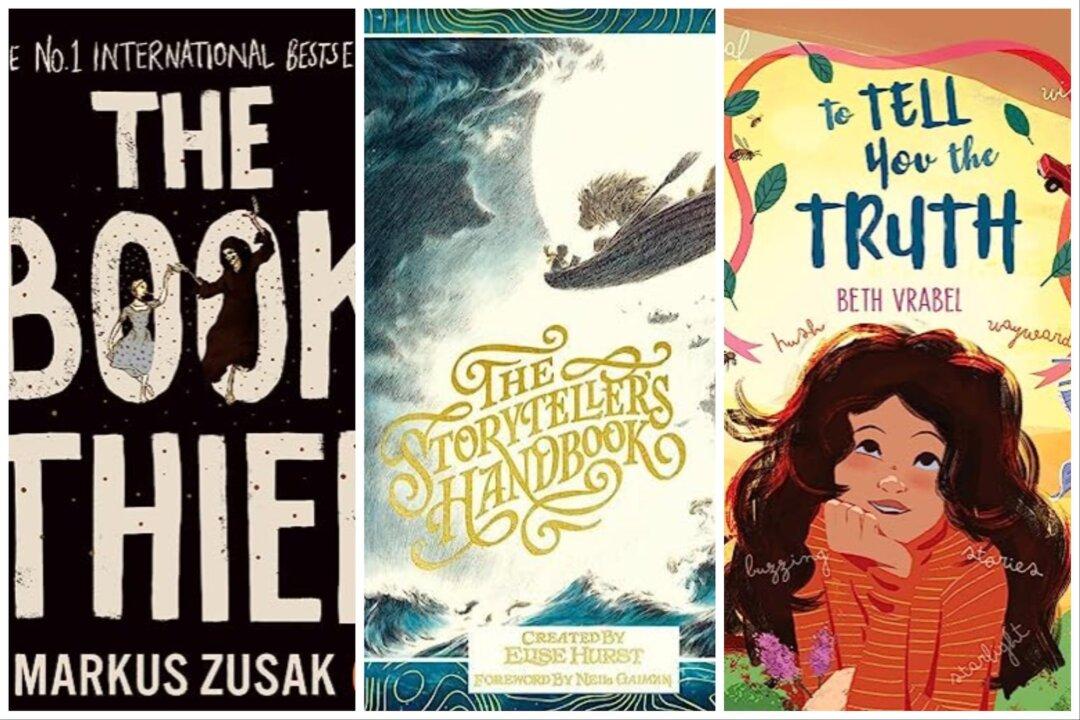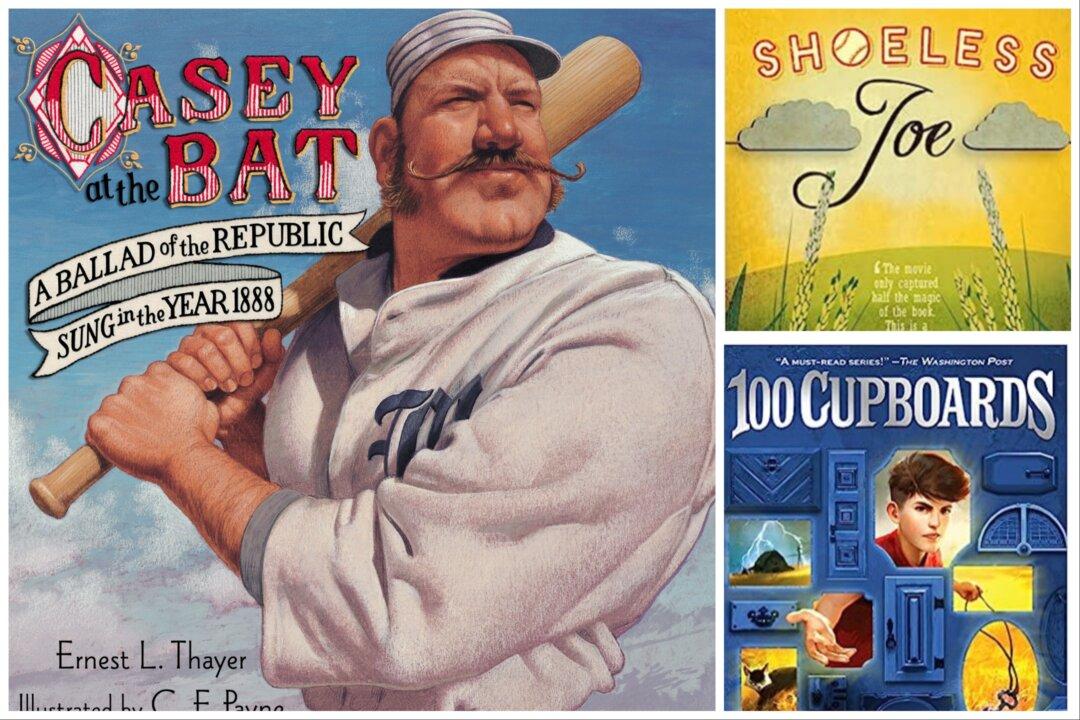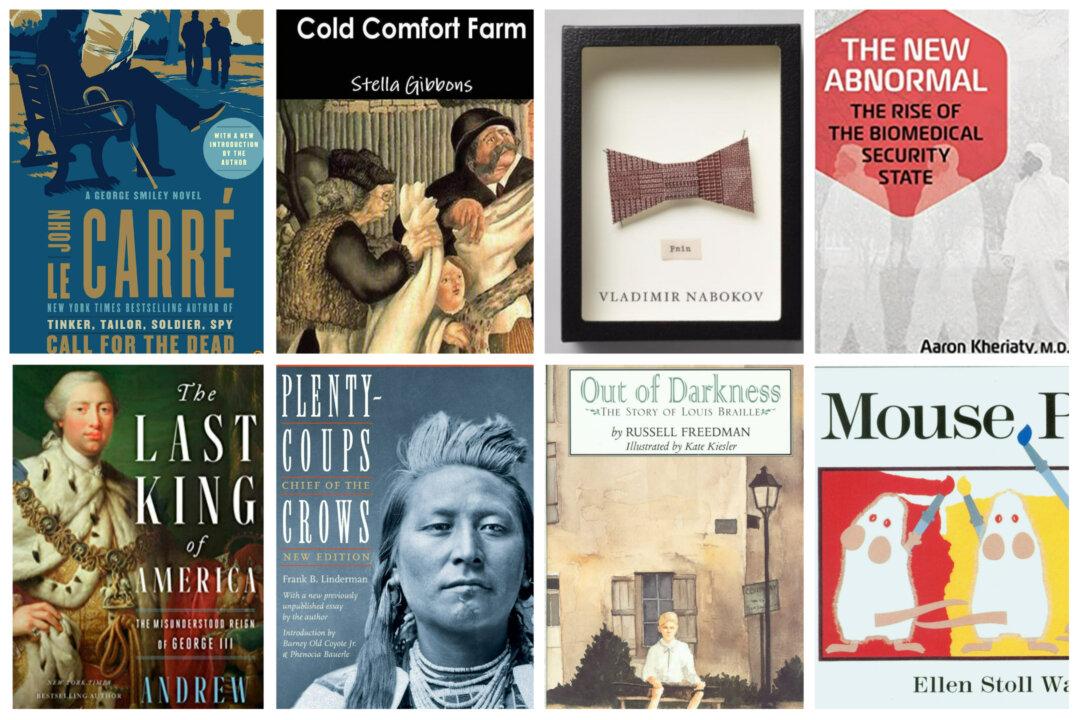The books “Hidden Figures,” “Trash,” and “Under a Cruel Star” will open young readers’ eyes to lesser-known heroes who moved forward with bravery, determination, and hope, even when the worlds they lived in sought to diminish or even extinguish them.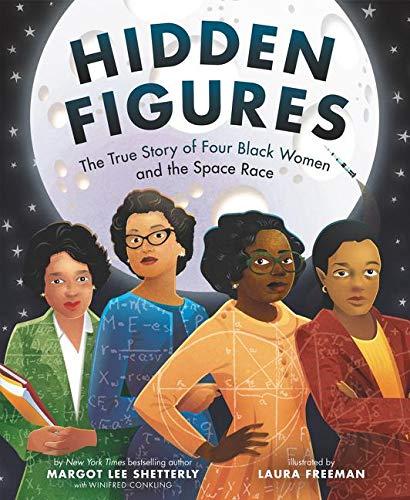
‘Hidden Figures: The True Story of Four Black Women and the Space Race’ by Margot Lee Shetterly, illustrated by Laura Freeman

“Hidden Figures” is a nonfiction picture book that uncovers the story of four African American women whose mathematical skills played a major role in the U.S. space program. The picture book follows Shetterly’s full-length nonfiction work, as well as a 2017 feature film of the same name.

